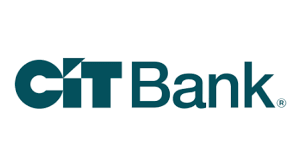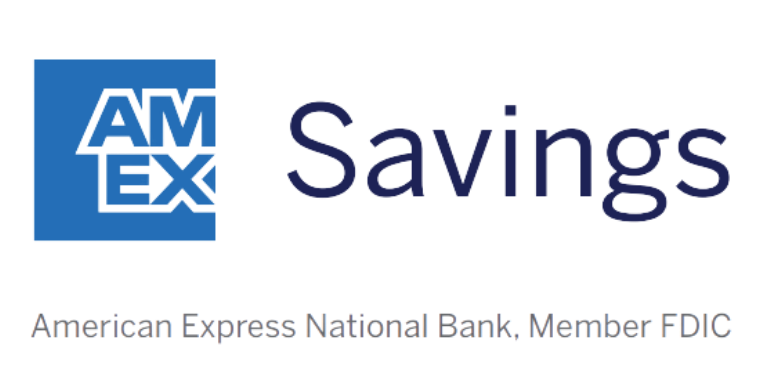There’s been good news for consumers recently about inflation. Since the start of the year, inflation has cooled off a lot, leading to less drastic price increases at the supermarket, gas pump, and just about everywhere.
A slowdown in the pace of inflation is also very likely to drive the Federal Reserve to lower its benchmark interest rate at its upcoming mid-September meeting. The federal funds rate, which is the rate banks charge each other for overnight borrowing, is sitting at a 23-year high. Once that rate comes down, consumer interest rates should follow suit, leading to less expensive auto loans, mortgages, and similar products.
But lower interest rates aren’t a totally good thing. Here’s how they might impact you.
Borrowing should get cheaper
While the Federal Reserve doesn’t set mortgage rates, credit card interest rates, and so forth, these rates tend to rise and fall in line with the federal funds rate. Consumers have been eager to see the Fed begin cutting rates since that’s apt to make it more affordable to borrow money. But you shouldn’t expect borrowing to become worlds cheaper overnight.
Our Picks for the Best High-Yield Savings Accounts of 2024
|
Capital One 360 Performance Savings 
APY 4.25%
|
APY 4.25%
|
Min. to earn $0 |
|
CIT Platinum Savings 
APY 4.85% APY for balances of $5,000 or more
Min. to earn $100 to open account, $5,000 for max APY
|
APY 4.85% APY for balances of $5,000 or more
|
Min. to earn $100 to open account, $5,000 for max APY |
|
American Express® High Yield Savings 
APY 4.25%
|
APY 4.25%
|
Min. to earn $0 |
The Fed raised its benchmark interest rate gradually throughout 2022 and 2023, and we can expect the central bank to lower its interest rate gradually, too. You shouldn’t bet on a drastic drop in borrowing rates before the end of 2024. However, a year from now, it could be a much better time to sign a mortgage or finance a car than it is today from an interest rate standpoint.
Savings won’t earn as much
There’s a downside to lower interest rates you should know about. Right now, savings account and certificate of deposit (CD) rates are high, which means people with money in the bank are benefiting. But once the Fed starts lowering rates, savings account and CD rates should follow suit.
Again, this doesn’t mean that if your savings account is paying 4.5% now, you’ll be looking at an APY of 3.5% by the end of September. But you might be looking at a 3.5% APY on your savings at some point in 2025.
If you have enough money in your savings account to cover three to six months of essential bills (a healthy emergency fund), you may want to take any cash you have beyond that and use it to open a CD. If you do so before mid-September, you can capitalize on today’s strong rates before they start to fall.
All told, the Fed’s upcoming interest rate policies could be a mixed bag. If you’re looking to borrow money, relief may be in sight — though it could pay to sit tight for a few more months and wait for a few rate cuts to happen before signing a loan. If you’re looking to maximize your interest earnings in the bank, open a CD now if your situation allows for it. Also, pay attention to what the Fed does beyond September so you can make the right financial choices.



